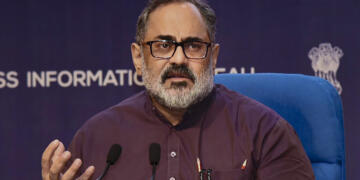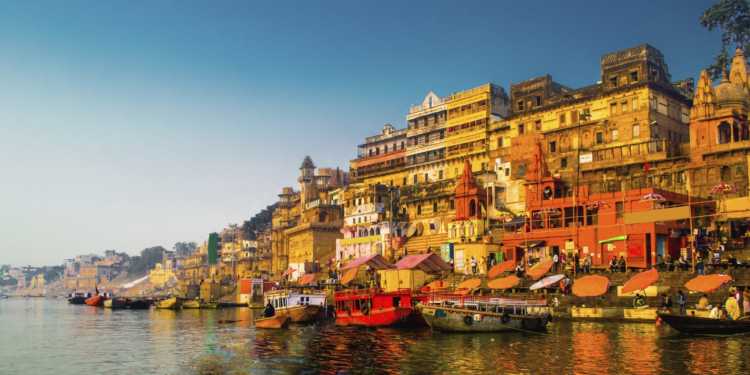Indian cities are characterized by a mess of overhead cables, transmission and distribution losses and rampant electricity theft. We have become accustomed to the poor state of overhead electricity cables. However, the Modi government has started a new era in which this decades-old issue will be done away with. This has started with Varanasi, where overhead electricity cables are being dismantled even as a project to lay underground wires has finally been completed. A total network of 16 square kilometer serving 50,000 odd consumers has been laid in the city by Powergrid, the company conducting the integrated power development scheme (IDPS) project. Varanasi is a typical city with congested markets and narrow lanes. It was replete with intricately entangled electricity poles and power cables. However, the world’s oldest city now boasts of a robust underground power cable network.
The Rs. 432 crore project for the city of Varanasi was announced in June 2015 by the then union minister of state for power and coal Piyush Goyal under the IDPS scheme. Prime minister Narendra Modi launched the Rs. 45,000-crore IDPS scheme for the country in September 2015. The work on this project in Varanasi had started in December 2015, and it can be safely said that the projected has been completed successfully in a relatively short span of time, given the kind of complications that must have arisen in overhauling an eighty-six year old system. The work on the project was completed by December 2017, within the 2 year deadline.
According to Sudhakar Gupta, a power-grid project manager for IDPS Varanasi, even though Seoul and some Turkish cities were considered geographically challenging for similar projects, Varanasi turned out to be the most complicated city to lay the infrastructure for underground cables. Another official adds that there were certain major difference in the actual requirement and the proposed requirement in the detailed project report. Moreover, narrow lanes compelled the company to install small pedestal boxes for switch boxes. Another challenge came in face of existing underground utility lines such as sewage, water supply, BSNL wires, etc. with their trajectories being undocumented. Therefore, work had to be carried out with great caution in order to avoid damage to other utilities. Wherever any such damage was caused, the work on the project had to be stalled and compensation was awarded to the aggrieved body.
The supporting infrastructure has also been modernized and strengthened in the course of this project. Eleven old substations have been modernized while two new ones have also been built. The completion of this project has already started yielding results. According to Atul Nigam, managing director of Purvanchal Vidyut Vitran Nigam Limited, line and revenue losses have been reduced after putting the cables underground. Line losses in the area covered by the IDPS have come down from a staggering 42.7% to a mere 9.9%. Underground cables are also less susceptible to damage and outages as compared to overhead cables, leading to fewer consumer complaints. This is evidenced by lesser consumer complaints in the city.
The IDPS is an ambitious scheme and the prime minister’s Lok Sabha constituency is just an example of the kind of effect that it can create. The scheme will bring about several benefits of when it is carried out in other cities as well. It will not only lead to the beautification of cities but also help in better efficiency, lesser outages and reduction in line and revenue losses. The power ministry has been on its toes ever since the Modi government came to the helm of affairs, and it seems as if after starting a revolution in rural electrification, the government is aiming to change the way power distribution takes place in our cities.






























